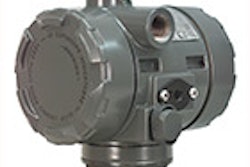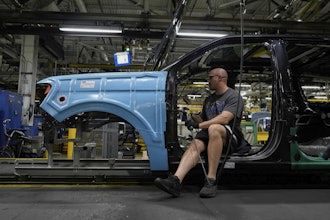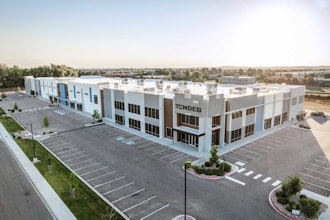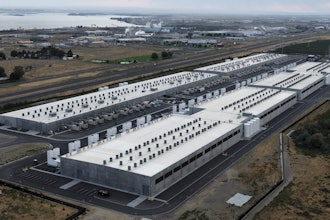What if you learned funding for capital equipment required to keep your plant running in coming years was soon going to be extremely hard to find? Would you hit the panic button? The situation manufacturers are facing when it comes to their most critical asset – people – is nearly as dire.
According to a study conducted by Deloitte and The Manufacturing Institute, currently five percent of jobs classified as manufacturing by the U.S. government are left unfilled. Seasoned employees are retiring in droves, taking with them decades of invaluable experience. These departures are making knowledge transfer an increasingly rare commodity. This exodus of experience is colliding with an ever-quickening pace of technological advancement on the plant floor. New employees are expected to understand more complex equipment that’s constantly evolving.
There’s a major problem looming. Unfortunately, most manufacturers aren’t taking the proactive steps that will be required to effectively address the knowledge and skills gaps in their facilities before they cause tangible damage to the bottom line. In order to fill mission-critical roles, manufacturers need to think about training more strategically than they have in the past.
Craft skills training is one option that can help close workforce knowledge gaps on topics such as electrical troubleshooting, motor theory, digital circuits, analytical measurement, basic mathematics and more. This type of program helps create a workforce with a stronger, more diverse skill set by covering and developing core competencies, fundamentals and equipment-specific skills across all mechanical, electrical and maintenance disciplines.
Reap the benefits of craft skills training:
- Boost the baseline: Developing fundamental craft skills not only helps create a general baseline of knowledge across skilled employees, but also makes cross-training and staffing coverage for functional areas easier. When employees have an understanding of multiple disciplines like electrical, mechanical and maintenance, manufacturers can rely on a core group of generalists to address a variety of issues.
- Increased productivity: A multi-skilled labor force can easily adapt to workforce changes, such as turnover, sick leave, vacations, or fill in during times of high demand. The flexibility and diversity of labor will allow employees to takeover other jobs as necessary without unplanned downtime or lost production.
- Employee flexibility and satisfaction: Craft skills training programs allow for greater opportunities for employees. Employees are able to perform more types of jobs and fill gaps where the operation needs it most. Traditional specialist silos, in contrast, do not leave much room for flexibility. Cross-training employees creates greater satisfaction due to increased job flexibility and opportunities for growth.
A craft skills training program is a solid first step in developing a robust multi-skilled labor force. Create a strategy and choose to implement a plan internally, or use the expertise of a third party training services provider to help you assess your workforce, develop a customized training program to fit your needs, apply the knowledge and measure the results.
I’d love to hear about your experience with training skilled workers. Is it a priority at your organization? What advice would you give to other manufacturers looking to create a more robust training program?
For more information about craft skills training, visit http://www.rockwellautomation.com/rockwellautomation/services/training/instructor-led/craft-skills.page?























